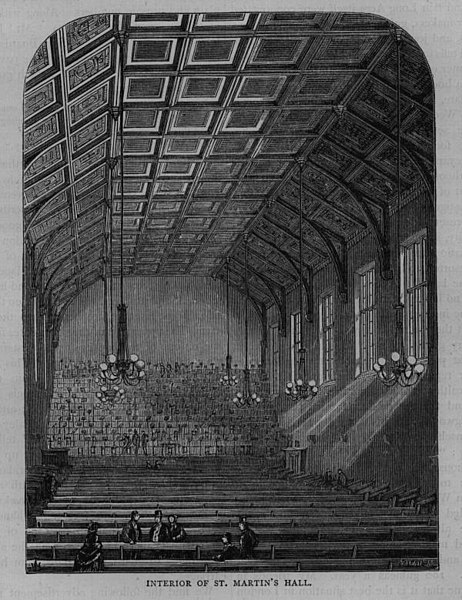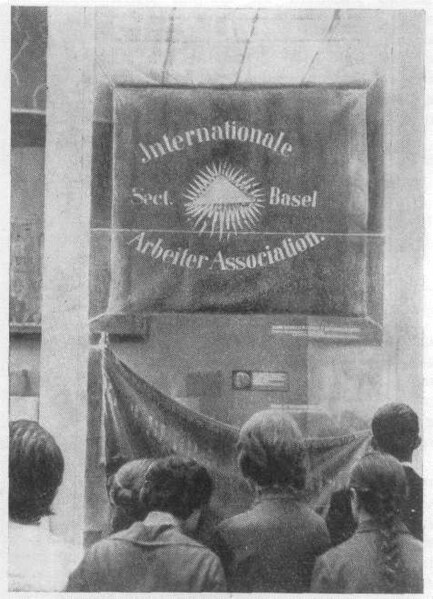The Second International (1889–1916) was an organisation of socialist and labour parties, formed on 14 July 1889 at two simultaneous Paris meetings in which delegations from twenty countries participated. The Second International continued the work of the dissolved First International, though excluding the powerful anarcho-syndicalist movement. While the international had initially declared its opposition to all warfare between European powers, most of the major European parties ultimately chose to support their respective states in World War I. After splitting into pro-Allied, pro-Central Powers, and antimilitarist factions, the international ceased to function. After the war, the remaining factions of the international went on to found the Labour and Socialist International, the International Working Union of Socialist Parties, and the Communist International.
Delegates of the international at the 1907 Stuttgart congress
The theatre "Fantaisies parisiennes", site of the 1889 "Marxist" congress, in 1881.
Image of the old Stuttgart Liederhalle, site of the 1907 International Socialist Congress.
The Hotel Beau Séjour, site of the Zimmerwald conference, in 1864
International Workingmen's Association
The International Workingmen's Association (IWA), often called the First International (1864–1876), was an international organisation which aimed at uniting a variety of different left-wing socialist, social democratic, communist and anarchist groups and trade unions that were based on the working class and class struggle. It was founded in 1864 in a workmen's meeting held in St. Martin's Hall, London. Its first congress was held in 1866 in Geneva.
St. Martin's Hall
International Workingmen's Association Basel section banner (photo taken at now defunct Museum of Karl Marx and Frederick Engels in Moscow, Soviet Union
Karl Marx (1818–1883)
Mikhail Bakunin (1814–1876)








